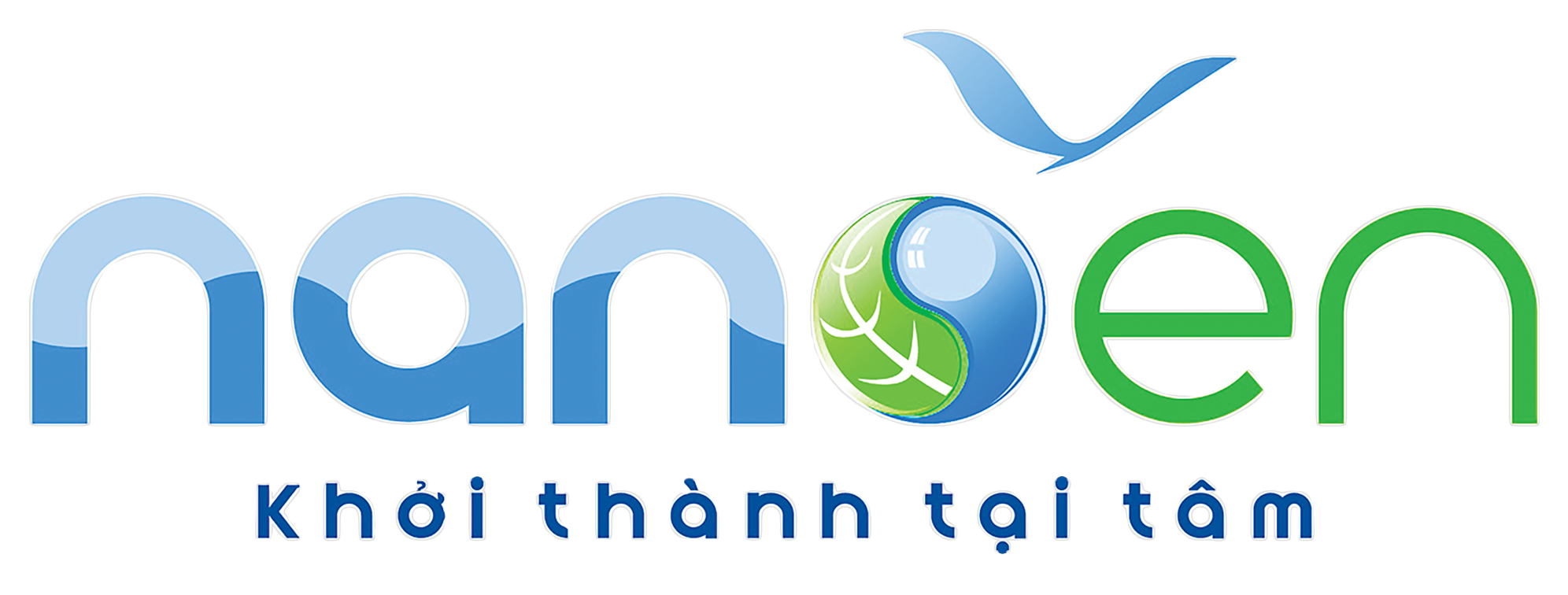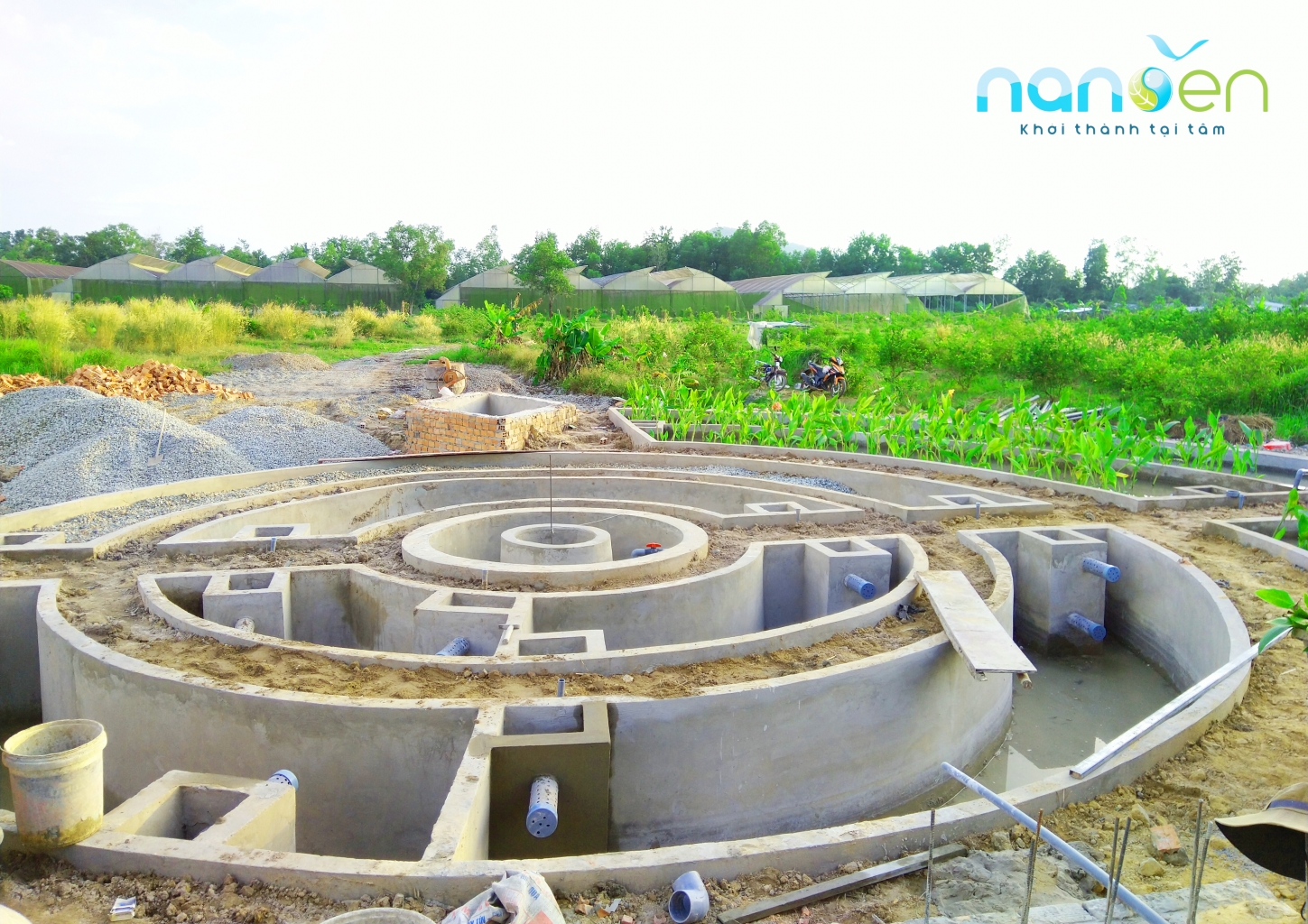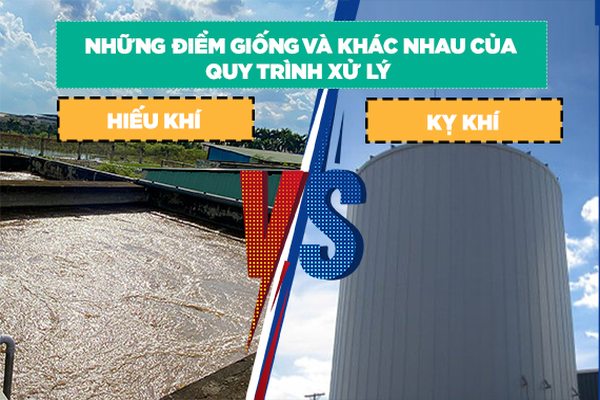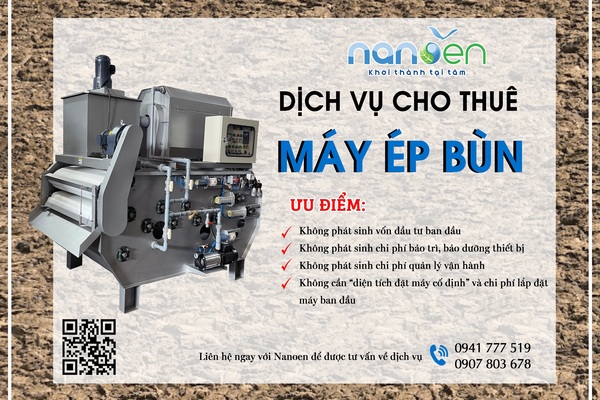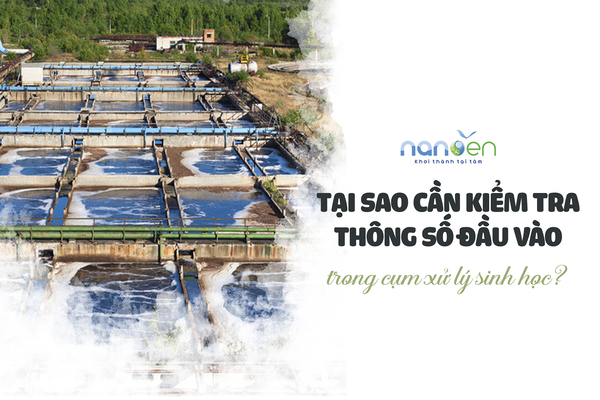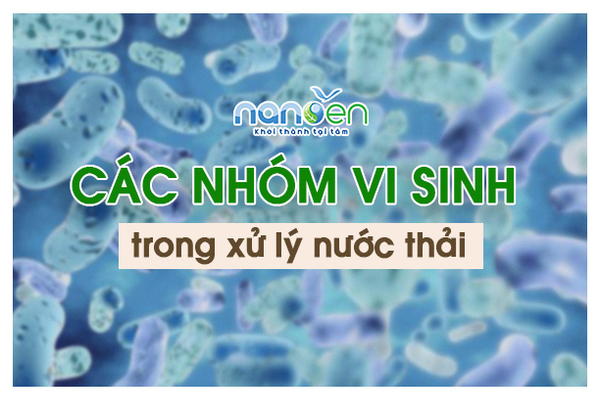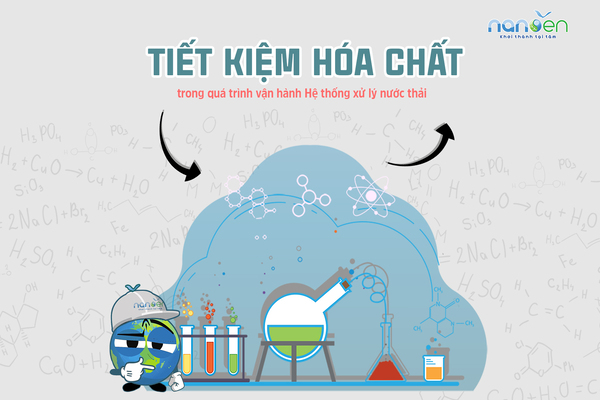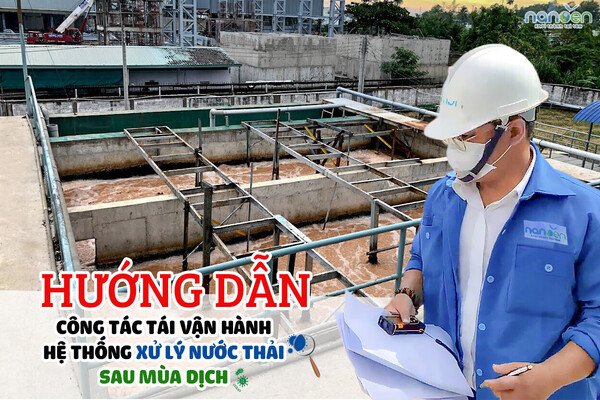1. Notion
Wetland technology is a wastewater treatment method utilizing natural or artificial flooded land areas. Specifically, these are areas submerged in water with a depth not exceeding 0.6 meters, conducive to the growth of wetland plants such as Reed, Cattail, Bulrush, and Sedge.
The wastewater treatment system utilizing Wetland technology, designed and constructed by Nanoen, is implemented at the Eco Farming Joint Stock Company - Phu Quoc, Kien Giang
This technology utilizes a vegetation mat, primarily consisting of artificial vegetation, to treat wastewater. By providing surface area for microorganisms to attach to, it forms biofilms to carry out the function of wastewater treatment. The vegetation mat aids in the filtration and absorption of wastewater components more effectively while also controlling algae growth. Both natural and artificial flooded land areas can be used for wastewater treatment. However, utilizing artificial flooded land areas for treatment yields superior efficiency. Therefore, the majority of Wetland systems apply artificial forms for wastewater treatment.

The wastewater treatment system utilizing Wetland technology, designed and constructed by Nanoen, is implemented at the Eco Farming Joint Stock Company - Phu Quoc, Kien Giang
2. Classification
Wetland technology for wastewater treatment is divided into two main types:
-
Natural Wetlands: These utilize naturally flooded land areas to treat wastewater. However, this approach is not encouraged due to potential ecological harm to local ecosystems.
-
Artificial Wetlands: These utilize human-made flooded land areas, designed and operated to mimic the functions of natural wetlands to meet human needs. Based on the design of artificial wetlands, there are two main types:
+ Horizontal Flow System – HFS: Designed for wastewater to flow vertically (from top to bottom or from bottom to top) towards the outlet pipes. Vertical flow systems can be further categorized into subtypes such as planted or unplanted vertical flow, and upward or downward flow.

Horizontal Flow System – HFS
+ Vertical Flow System – VFS: Designed for wastewater to flow horizontally towards the outlet pipes. It is divided into two types: surface flow and subsurface flow.
-
Surface Flow also known as the Free Water Surface (FWS) type, it includes surface water with vegetation mats, small islands with compatible plants, and flooded areas.
-
Subsurface Flow System (SFS) type involves water levels lying beneath the layer of planted vegetation. Inlets and outlets are arranged in a way that water flows form a thin layer over the ground. The substrate in these systems mainly consists of natural soil, with a clay layer underneath acting as a waterproof barrier.

Vertical Flow System – VFS
3. Mechanism of Treatment:
The mechanism for treating pollutants in artificial wetland systems:
-
Artificial wetland systems primarily remove pollutants through biological processes (such as the nutrient transformation activities of microorganisms, plant absorption processes, etc.) and other physicochemical processes (such as settling, adsorption, precipitation, etc.).
-
For the removal of BOD5, microorganisms attached to plant roots, stems, and fallen leaves on the ground are responsible for eliminating dissolved organic matter. The main oxygen supply for microorganisms comes from the diffusion of atmospheric oxygen into the soil and water, and from oxygen transported by plants from leaves to roots.
-
For the removal of suspended solids, all types of artificial wetland systems have high removal capabilities. Due to the stagnant and shallow water flow, only a small section at the beginning of the system is sufficient for removing suspended solids.
-
For the removal of nitrogen, phosphorus, and heavy metals, the effectiveness of the system varies depending on the design.
Some Types of Aquatic Plants Applied in Wetland Wastewater Treatment Systems:**
-
Vetiver Grass: The environmental remediation process of this grass species is likened to a closed-loop cycle, effectively treating waste without causing adverse effects or other unfavorable transformations to the environment. It does not require direct human intervention, has low costs, is readily available, and is easy to apply.

Vetiver Grass
-
Typpa: Typpa has horizontally spreading roots underground for propagation. The clustered root system of the grass helps prevent erosion and is often planted in marshes for wastewater treatment, possessing excellent sediment absorption capabilities.

Typpa
-
Canna: Canna is a plant that can thrive in various climates worldwide, effectively treating wastewater rich in nitrogen (N) and phosphorus (P), as well as having the ability to absorb high concentrations of sediment.
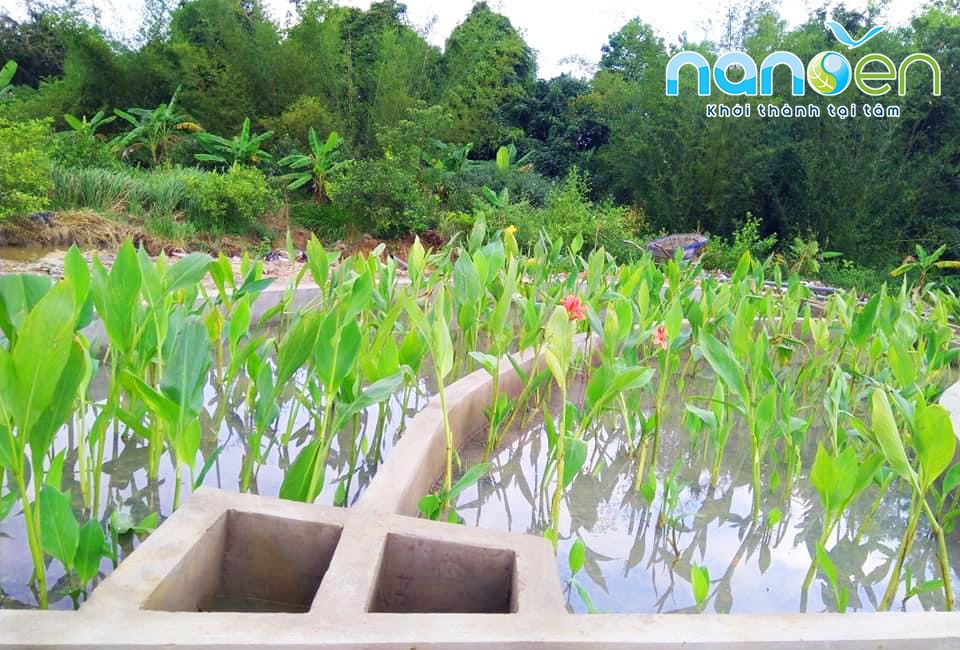
Canna
Cyperus Alternifolius: is a grass that lives in moist soil or swamps, has a large biomass growth rate with a strongly developed root system. Cyperus Alternifolius is a plant that has the ability to absorb Ammonium and Arsenic very well.

Cyperus Alternifolius
-
Echinodorus Cordifolius: Echinodorus Cordifolius is a water-loving plant, its roots thrive in water, grow and develop well in places with water and adequate light. Plants mainly remove phosphorus and heavy metals in wastewater.
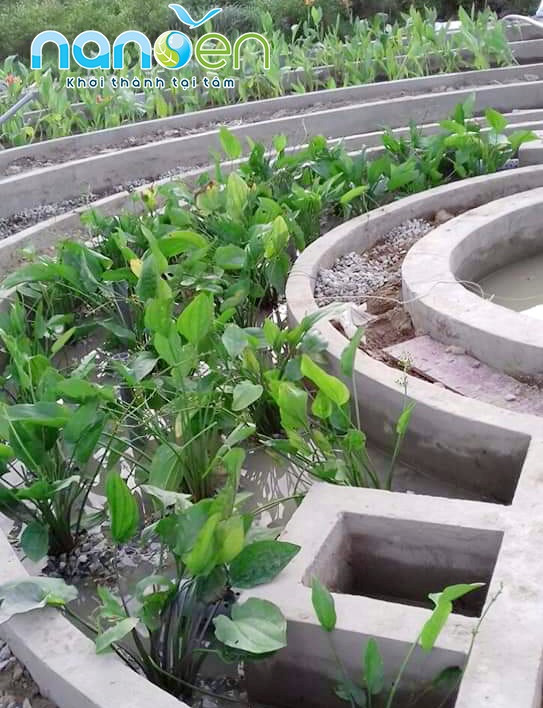
Echinodorus Cordifolius
4. ADVANTAGES AND DISADVANTAGES OF WETLAND TREATMENT TECHNOLOGY
Advantages:
- Artificial wetlands promote the sustainable use of natural resources and are environmentally friendly wastewater treatment systems.
- Low cost and low technical requirements. The system operates mainly on solar energy and the vegetation living in the wetland area, resulting in low operating and maintenance costs, minimal energy consumption, and labor.
- The system can withstand variations in wastewater flow rates and pollutant concentrations. In addition to wastewater treatment functions, artificial wetland areas also provide habitats for wildlife, attracting tourists.
Disadvantages:
- Large footprint, occupying 4-10 times the area of a traditional wastewater treatment system.
- Some high-performing wastewater treatment plant species may not be suitable for the geographic location of the area. Additionally, some plant species introduced into the system may disrupt the local ecosystem.
- Some types of wetlands may become breeding grounds for insects, disease-causing organisms, and may emit odors if not properly managed.
5. Conclude
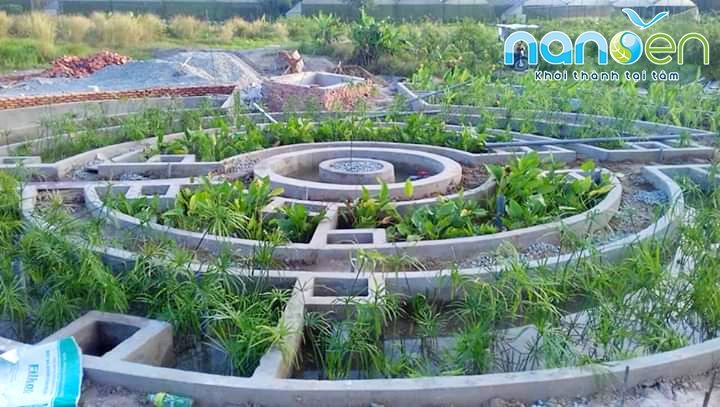
The wastewater treatment system utilizing Wetland technology, designed and constructed by Nanoen, is implemented at the Eco Farming Joint Stock Company - Phu Quoc, Kien Giang
The wastewater treatment system using Wetland technology is an environmentally friendly system because it uses mainly natural raw materials. This technology can treat many types of wastewater components based on many different types of aquatic plants, ensuring the quality of output wastewater, suitable for models that combine ecology to create landscapes for residential areas. residential or tourist destinations.
A reputable provider of environmental dossier services and wastewater treatment system construction
Nanoen is a company operating in the environmental field, and throughout its operation, Nanoen has gained the trust of customers due to its honesty, dedication, and responsibility towards customers and products.
With a team of experienced staff, we offer comprehensive services from environmental dossier consulting to design, construction, operation of environmental treatment systems, reoperation, and supply of microorganisms,...
Nanoen is always ready to provide the best service experience that meets the needs of our customers.
Nanoen
Address: 661E/29, Vo Van Kiet Street, Binh Yen A Quarter, Long Hoa Ward, Binh Thuy District, Can Tho City
Hotline: 0941.777.519 - 0907.803.678 - 0901.229.798
Email: nanoentech@gmail.com
Facebook: www.facebook.com/nanoentech
